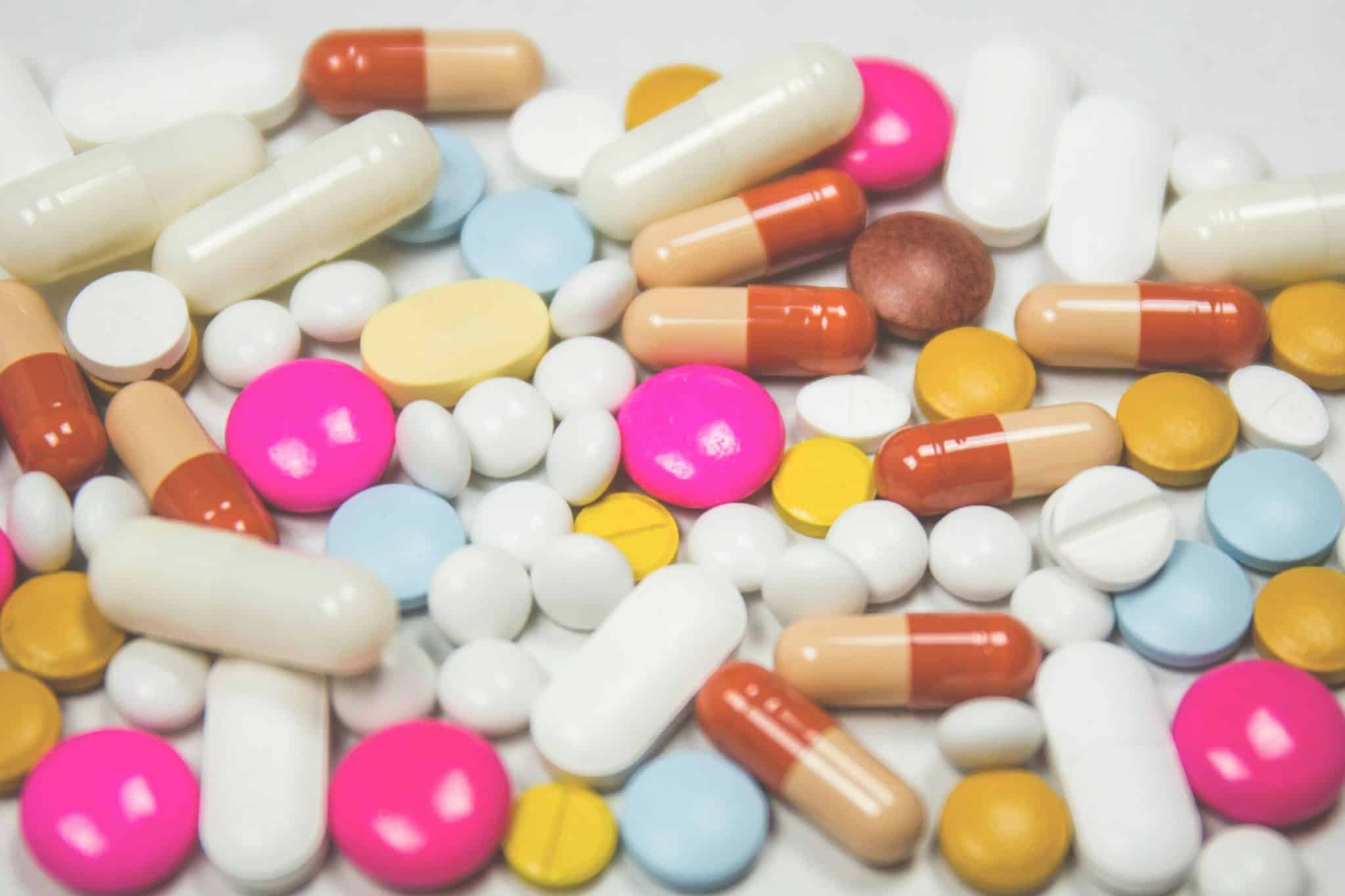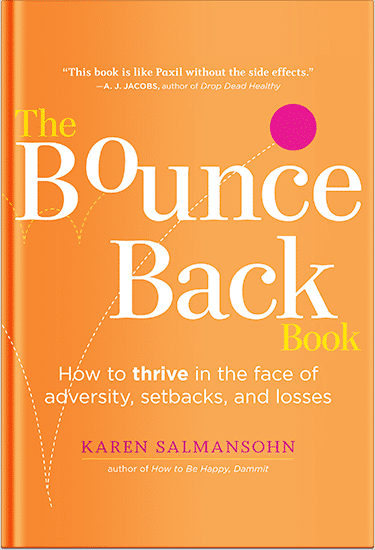 Stimulant medications have become a cornerstone in the treatment of attention deficit hyperactivity disorder (ADHD) and other related conditions. By helping individuals improve focus, attention, and impulse control, these medications often make a significant difference in daily life. However, while stimulants such as Ritalin and Adderall can be highly effective, they also carry risks when misused or taken without medical supervision.
Stimulant medications have become a cornerstone in the treatment of attention deficit hyperactivity disorder (ADHD) and other related conditions. By helping individuals improve focus, attention, and impulse control, these medications often make a significant difference in daily life. However, while stimulants such as Ritalin and Adderall can be highly effective, they also carry risks when misused or taken without medical supervision.
Like many powerful medications, stimulants walk a fine line between therapeutic benefit and potential harm. Understanding how they work, what benefits they offer, and what risks they pose is essential for anyone prescribed these drugs or anyone concerned about misuse. This article takes a closer look at stimulant medications, offering insights into safe use, potential dangers, and alternatives that support healthy living.
What Are Stimulant Medications?
Stimulants are a class of medications that increase activity in the central nervous system. By boosting the levels of neurotransmitters like dopamine and norepinephrine, they enhance concentration and alertness. This effect makes them especially useful for individuals with ADHD, who often struggle with focus and impulse regulation.
The most commonly prescribed stimulants include:
- Methylphenidate-based medications: Ritalin, Concerta, Daytrana.
- Amphetamine-based medications: Adderall, Vyvanse, Dexedrine.
These medications are considered first-line treatments for ADHD in both children and adults. They are also sometimes used for narcolepsy and other medical conditions. When taken as prescribed, stimulants can improve academic performance, work productivity, and overall quality of life.
Benefits of Properly Prescribed Stimulants
When used under the guidance of a healthcare professional, stimulants can deliver life-changing benefits. For many people, these medications help restore balance and improve daily functioning.
Some of the most notable benefits include:
- Improved focus and attention: Tasks that once felt impossible to complete become more manageable.
- Better impulse control: Reduced likelihood of acting without thinking.
- Enhanced academic and work performance: Greater productivity and efficiency.
- Improved relationships: The ability to listen, stay engaged, and communicate effectively.
- Overall quality-of-life improvements: For individuals with ADHD, stimulants often allow for smoother daily routines and reduced stress.
When prescribed and monitored properly, stimulants are safe and effective. The key lies in responsible use and medical supervision.
Risks of Misuse or Overuse
While stimulants can be beneficial, they also carry risks especially when taken without a prescription or at higher-than-recommended doses. Misuse has been on the rise, particularly among college students and professionals seeking an “edge” in productivity. Unfortunately, the risks often outweigh any short-term benefits.
Potential consequences of misuse include:
- Physical side effects: Insomnia, increased heart rate, high blood pressure, headaches, and appetite suppression.
- Mental health concerns: Anxiety, irritability, mood swings, or even paranoia in extreme cases.
- Dependence and tolerance: Over time, misuse can lead to the body requiring higher doses to achieve the same effect.
- Long-term health risks: Chronic misuse may damage the cardiovascular system, increase risk of stroke, and cause lasting psychological problems.
The line between safe use and misuse can blur quickly, which is why following professional dosage guidelines is so critical.
Safe Use and Dosage Considerations
One of the most important factors in using stimulant medications safely is dosage. The right amount varies widely between individuals, depending on their age, weight, medical history, and specific condition. That’s why only a licensed healthcare professional should determine dosage.
For example, an adult dose of Ritalin can look very different from what might be prescribed to a child or adolescent. Dosage adjustments are often made gradually to find the lowest effective amount while minimizing side effects.
Safe use guidelines include:
- Never taking more than prescribed.
- Avoiding alcohol or other substances that may interact with stimulants.
- Not sharing medication with others.
- Attending regular medical check-ups to monitor progress and side effects.
Following these practices ensures that the benefits of stimulants outweigh the risks.
Signs of Misuse and When to Seek Help
Despite best intentions, some people may slip into misuse, either by taking higher doses than prescribed or by using stimulants without a prescription. Recognizing the warning signs is key to preventing serious harm.
Behavioral red flags:
- Frequently running out of medication early.
- Taking pills at unusual times (e.g., late at night to stay awake).
- Secretive or defensive behavior about medication use.
Physical warning signs:
- Rapid heartbeat or chest pain.
- Insomnia or extreme restlessness.
- Sudden weight loss from suppressed appetite.
- Unexplained headaches or stomach problems.
If these symptoms appear, it may be time to seek professional help. Early intervention can prevent long-term damage and open the door to healthier coping strategies.
Alternatives and Supportive Treatments
Medication isn’t the only option for managing ADHD or related conditions. While stimulants may play an important role, combining them with lifestyle changes and supportive therapies can improve outcomes and reduce reliance on drugs alone.
Lifestyle strategies that support focus and attention include:
- Exercise: Physical activity naturally boosts dopamine and helps regulate energy levels.
- Nutrition: A balanced diet stabilizes mood and concentration.
- Sleep hygiene: Consistent sleep schedules improve focus and reduce fatigue.
- Mindfulness and stress management: Practices like meditation or yoga can calm the mind.
Therapeutic options:
- Behavioral therapy for building coping strategies.
- Cognitive-behavioral therapy (CBT) to improve focus and reduce anxiety.
- Coaching or support groups for accountability and encouragement.
By pairing medical treatment with these supportive measures, individuals often achieve better balance and reduce the risk of dependency.
Conclusion
Stimulant medications can be life-changing when used properly. They provide structure, focus, and control to individuals living with ADHD and related conditions. However, they also carry real risks if misused, ranging from uncomfortable side effects to long-term health damage.
The key to safe stimulant use lies in medical supervision, responsible dosage, and ongoing monitoring. Recognizing the signs of misuse and seeking help early can prevent harm, while supportive treatments like lifestyle changes and therapy can enhance results.
Ultimately, stimulants are tools powerful ones that should be used with care. When guided by a professional, they can open doors to better health and well-being. But when misused, they can close those same doors quickly. Awareness and responsibility make all the difference.
P.S. Before you zip off to your next Internet pit stop, check out these 2 game changers below - that could dramatically upscale your life.
1. Check Out My Book On Enjoying A Well-Lived Life: It’s called "Your To Die For Life: How to Maximize Joy and Minimize Regret Before Your Time Runs Out." Think of it as your life’s manual to cranking up the volume on joy, meaning, and connection. Learn more here.
2. Life Review Therapy - What if you could get a clear picture of where you are versus where you want to be, and find out exactly why you’re not there yet? That’s what Life Review Therapy is all about.. If you’re serious about transforming your life, let’s talk. Learn more HERE.
Think happier. Think calmer.
Think about subscribing for free weekly tools here.
No SPAM, ever! Read the Privacy Policy for more information.
One last step!
Please go to your inbox and click the confirmation link we just emailed you so you can start to get your free weekly NotSalmon Happiness Tools! Plus, you’ll immediately receive a chunklette of Karen’s bestselling Bounce Back Book!


 Stimulant medications have become a cornerstone in the treatment of attention deficit hyperactivity disorder (ADHD) and other related conditions. By helping individuals improve focus, attention, and impulse control, these medications often make a significant difference in daily life. However, while stimulants such as Ritalin and Adderall can be highly effective, they also carry risks when misused or taken without medical supervision.
Stimulant medications have become a cornerstone in the treatment of attention deficit hyperactivity disorder (ADHD) and other related conditions. By helping individuals improve focus, attention, and impulse control, these medications often make a significant difference in daily life. However, while stimulants such as Ritalin and Adderall can be highly effective, they also carry risks when misused or taken without medical supervision.